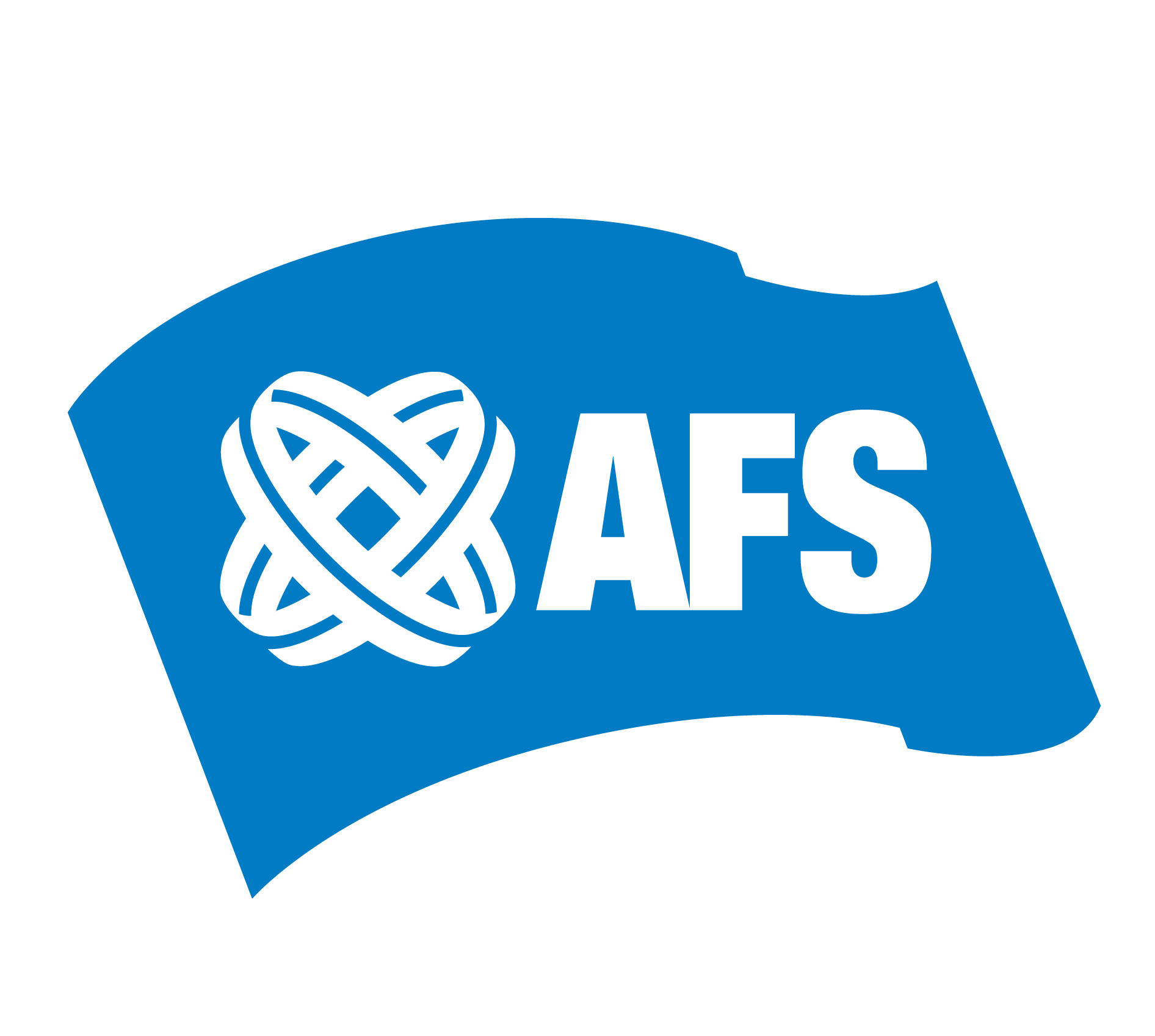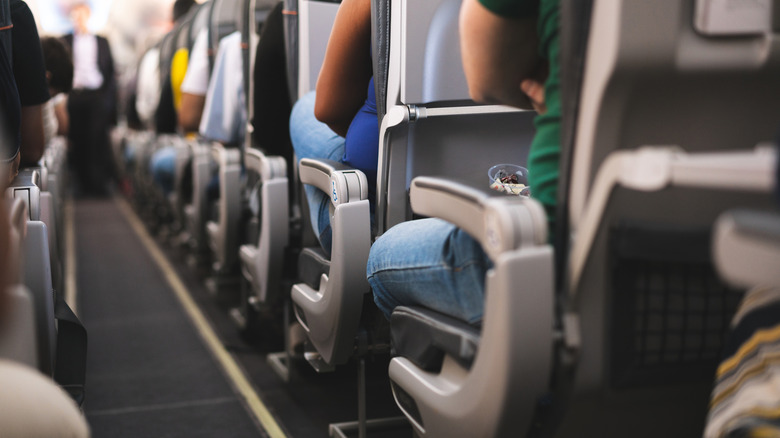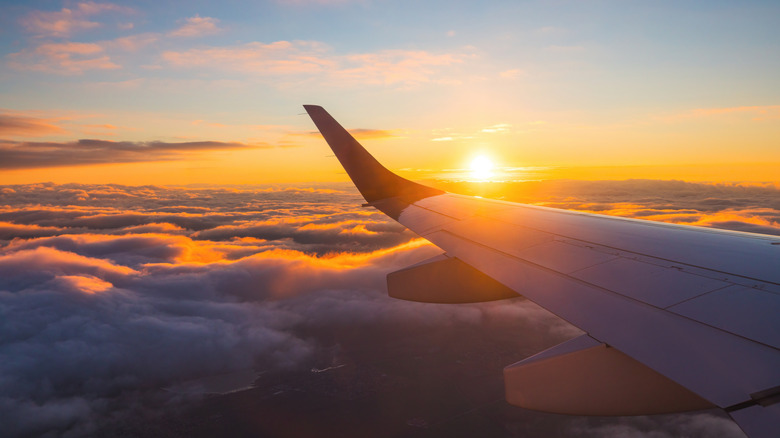One of the most memorable scenes in the otherwise forgettable 2017 Matt Damon movie “Downsizing” depicted a couple who had decided to downsize their lives, but the story isn’t about corporate layoffs or empty-nesters. It’s about voluntarily getting mini-sized — as in shrunk to a doll-sized miniature version of yourself — to reduce your cost of living while saving the planet. It’s complicated. The scene shows pre- and post-downsized people riding side-by-side on a bus but makes the outlandish scenario seem strangely plausible. The same holds true for futuristic models of potential seating solutions — including stacked layouts — in an economy-class airline cabin. At first glance, it’s kind of off-putting in an oh-hell-no kind of way, but upon closer examination, the concept begins to seem worthy of further exploration.
The potentially game-changing concept has unexpected roots. In 2021, Alejandro Núñez Vicente was a 21-year-old university student. He came up with the idea of stacking seats while he was traveling in cramped economy-class aircraft cabins between his home in Madrid, Spain (a must-visit European food destination) to university in the Dutch city of Delft (one of Rick Steve’s top destinations when traveling to The Netherlands). At 6 feet, 2 inches tall, he spent plenty of time in flight imagining seating layouts that would give him just enough space to stretch his legs. With the support of his university professors, Núñez Vicente began to develop the idea and eventually built a prototype that earned a nomination for the 2021 Crystal Cabin Awards Judges’ Choice Award. But that’s just the beginning of the story. Fast forward to 2025 and Núñez Vicente is in preliminary discussions with Airbus, the world’s largest aircraft manufacturer.
Airbus may be interested in a double-decker design
Is double-decker seating on the horizon?
While he continues to exhibit his two-level economy-class cabin design in pursuit of a collaboration opportunity, Núñez Vicente is expanding his vision to include double-decker seating solutions for business- and first-class aircraft cabins. He introduced his next-stage design — dubbed “Elevated Class” — at the 2024 Aircraft Interiors Expo in Hamburg, Germany (one of the 20 best cities in the world to spend a weekend). Although the basic concept remains consistent, Núñez Vicente’s vision for premium class-cabin seating consists of single seats on the lower level with two seats creating a couch-like experience for the upper level. The design features the bells and whistles already associated with premium class travel, including seats that convert to lie-flat beds.
While the news about Núñez Vicente’s potential collaboration with Airbus has pushed his designs into the spotlight, he’s not the only visionary reimagining aircraft cabins. In 2021 when his design earned a Crystal Cabin Awards Judges’ Choice Award nomination, Cloud Capsule, a two-tier configuration imagined by Toyota Boshoku, also garnered a nod from the judging panel. Located above standard economy-class seats, the Cloud Capsule could be offered as an add-on for passengers seeking a bit more space and privacy.
While the ideas are intriguing, any implementation of double-decker seating is still a long way from actually happening. In the meantime, it’s fun to imagine what aircraft cabins of the future will look like. As Crystal Cabin Awards representative Lukas Kaestner told CNN, “We shouldn’t underestimate the trend- and agenda-setting ability of such concepts for aviation as an industry.”



